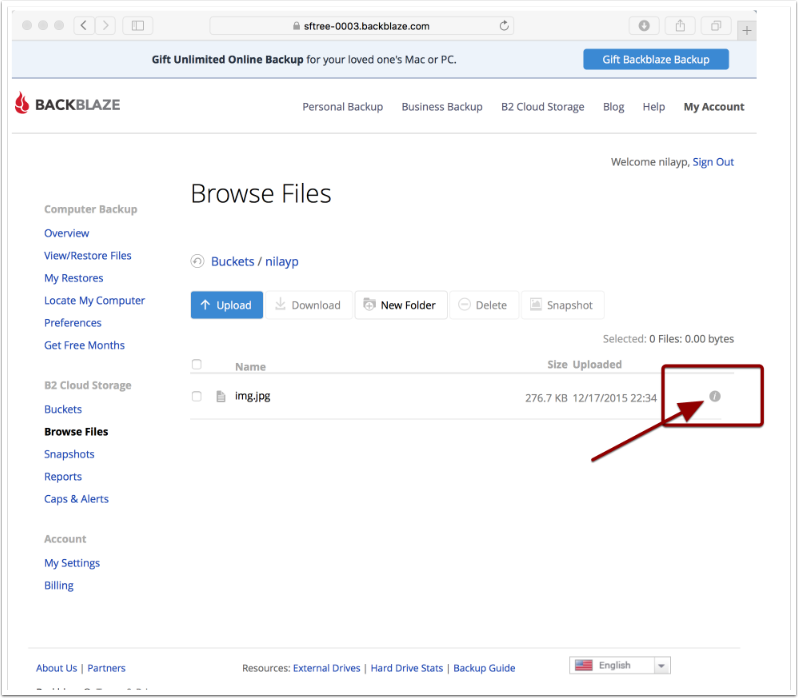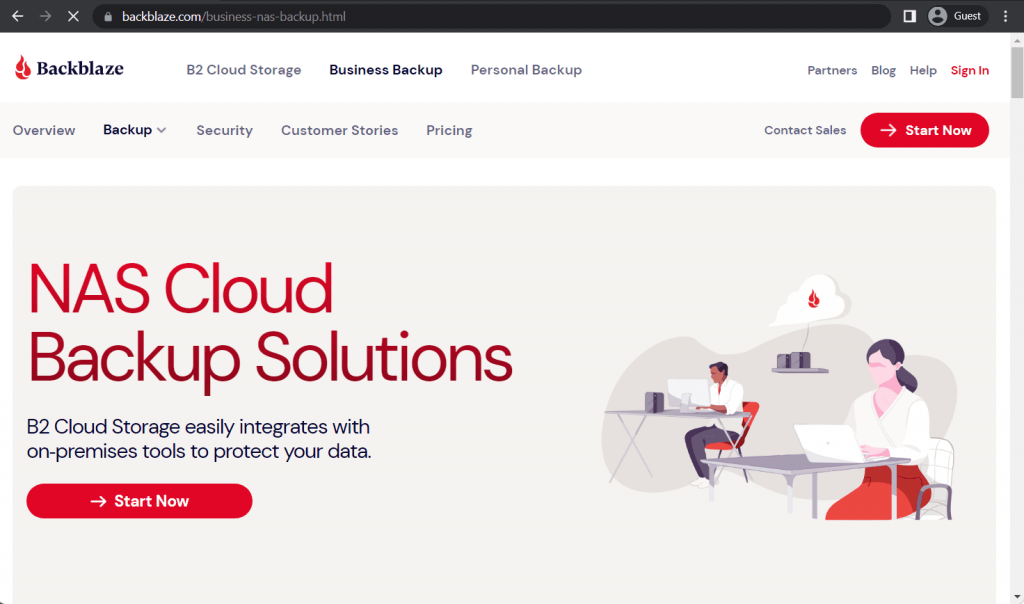


Sync - sync files (make a mirror copy so both sides match) Buckets are automatically made “private”. Lsd - list buckets/directories (depending on if you are at the top level in your account or inside a bucket) Then you can further browse the buckets in your account, similar to how you could with the ncdu command. You can also browse buckets in your account, first by selecting the account, which in this case is b2-002. Rclone also has a web interface that is still considered experimental but can be very useful and is worth exploring. To see a full list of possible commands press the question mark “?”. The total bucket size is shown in the left column, and you can press enter on any bucket to browse the files in it. Pressing Ctrl+L in Linux or MacOS, or resize the DOS window will clear up the screen. Tip: If the ncdu command encounters some files or directory structures it doesn’t like, the screen can display some errors.

To browse the buckets in your account, enter the following command. Rclone has a text-based GUI that was inspired by Norton Commander, called ncdu. To test it enter the following to list all the buckets (directories) in your account. Now when you use rclone commands, this configuration will be referred to as “b2”. Review the configuration summary screen and press Enter to accept it. You can edit the configuration at any time to review or change options. Then enter your Application Key and Key ID, press Enter at the hard_delete prompt to take the default, and Enter one more time to skip the advanced configuration page. You can choose the number or the alias of the cloud account you want to use. Then a list of possible cloud accounts will be shown, currently numbering over 50 types in the latest version.Įach cloud account type has a short name (alias) as well as a number.

Short descriptive names are best, as you will have to use them in every command. To create a new configuration, enter “n” for new, and then enter a name for the configuration. This will list your currently configured accounts (if any), and then list the menu of commands. To configure rclone, open a command prompt or terminal window, and enter: rclone config The latest version with the newest features will always be available directly from rclone, as repositories are often out of date, and you won’t get the latest features. You can download the latest version here or you can install it from your system's default repository.ĭepending on your operating system, the command may be:Īpt install rclone, yum install rclone, brew install rclone, choco install rclone, etc. Rclone is available for just about every platform.


 0 kommentar(er)
0 kommentar(er)
